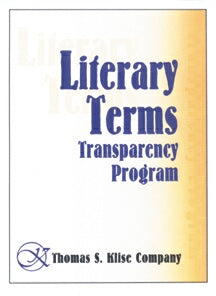 Sold out
Sold out
Literary Terms Transparency Program
Thomas Klise
Here we explain the most common literary terms encountered in typical units of poetry, short story, novel, and drama. Terms for poetry classes incl...
View full details Sold out
Sold out
Here we explain the most common literary terms encountered in typical units of poetry, short story, novel, and drama. Terms for poetry classes incl...
View full details Sold out
Sold out
This program helps teach process, comparison, classification, cause and effect, and persuasion, as well as writing descriptively, stimulating the f...
View full details Sold out
Sold out
Here’s a book bursting with 500 language arts questions designed to be used in a number of different ways. Use the sheets of questions as the basis...
View full details Sold out
Sold out
The Quiz Bowl questions are written in the spirit of the scholastic quiz bowl programs. Over 500 questions are based on material presented in schoo...
View full details Sold out
Sold out
The English Fun Factivities curriculum guide represents a compendium of over 500 in-class activities, discussion topics, research projects, and cro...
View full details Sold out
Sold out
Here are 50 activities that can be used as supplementary aids in teaching units on prefixes and suffixes, alphabetizing, silent letters, compound w...
View full details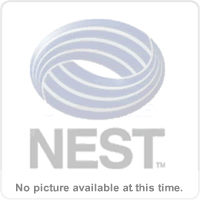 Save 8%
Save 8%
William Wordsworth is the greatest figure of the Romantic Age in English literature, and ranks with Chaucer, Shakespeare, and Milton as one of the ...
View full details Sold out
Sold out
This program provides an in-depth discussion of the four basic types of point of view: omniscient, limited omniscient, first person, and objective....
View full details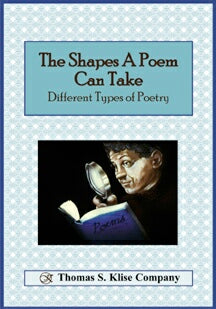 Sold out
Sold out
Poetry can take many different forms – from the rolling and easy-to-memorize ballad, to the compact, suggestive haiku, to the artful rambling of fr...
View full details Sold out
Sold out
While the novel as a literary form has existed for only 300 years, there can be no thorough study of literature without an examination of this lite...
View full details Sold out
Sold out
This unit seeks to acquaint students with figures of speech and how they work, with definitions of such writing tools as hyperbole, antithesis, iro...
View full details Sold out
Sold out
Forming the plurals of English singular nouns represents yet another case in which our fascinating language displays great diversity, if not always...
View full details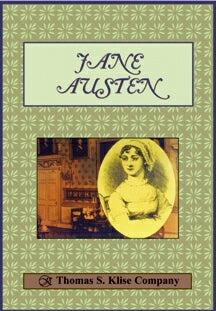 Sold out
Sold out
Jane Austen is one of the few writers that is a favorite of both literary scholars and the reading public, and her six novels rank among the classi...
View full details Sold out
Sold out
The plot of a novel or story represents its structure, the mechanism that propels it from beginning to end. It is plot that keeps a reader turning ...
View full details Save 8%
Save 8%
This program shows how phrases add richness and clarity to our language. It teaches the importance of phrases, their different uses, and the vital ...
View full details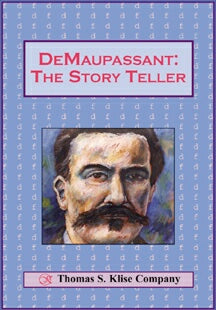 Sold out
Sold out
Guy DeMaupassant fashioned many unforgettable stories and characters and, for himself, a place in history as the father of the modern short story. ...
View full details Sold out
Sold out
Often, the same young “Shakespeare” who composes manuscripts that glow with creativity will groan with frustration when confronted with the problem...
View full details Sold out
Sold out
Let’s be honest; spelling can be a real pain in the neck. But it is not a hopeless task, and this program will make spelling easier for learners of...
View full details Sold out
Sold out
Let’s be honest; spelling can be a real pain in the neck. But it is not a hopeless task, and this program will make spelling easier for learners of...
View full details Sold out
Sold out
With this full-color, narrated program, users will find that plural forms can be easy to handle. The program features numerous games/puzzles, as we...
View full details Sold out
Sold out
Write letters that make Grandma proud. Impress your teacher with your lively essay. Earn an “A” on your next research paper. This program provides ...
View full details Sold out
Sold out
In this program, we provide clear definitions of antonyms, synonyms, and homonyms, with lots of examples of the contributions they make to the rich...
View full details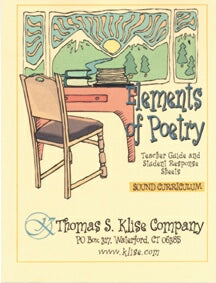 Sold out
Sold out
This program explains the basic terms used in poetry including simile, metaphor, rhyme, rhythm, alliteration, and more. Students work through a ser...
View full detailsCopyright © 2025 Nest Learning.
